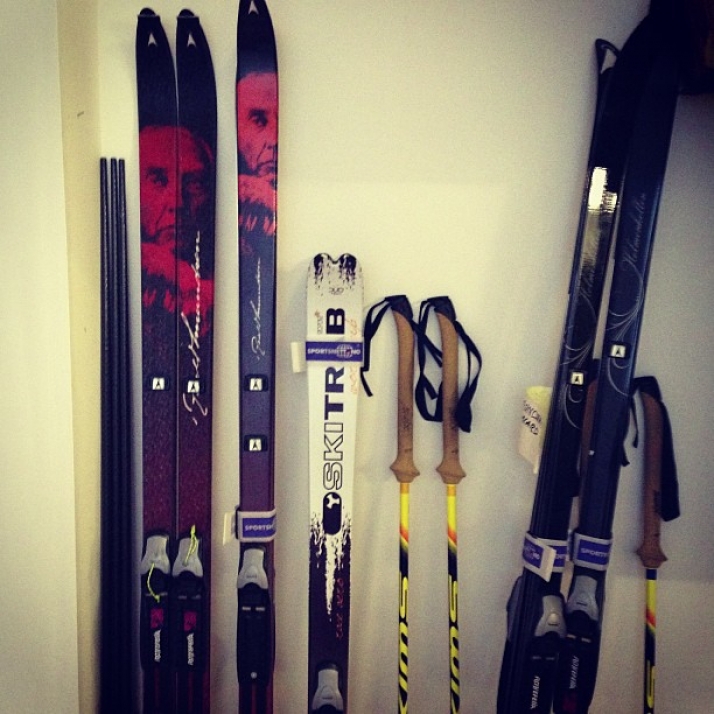Tracking
the Journey
-
Distance to go:
0 Mi
Distance
Ben and Tarka will cover 1800 miles starting from Scott's Terra Nova Hut at the edge of Antarctica to the South Pole and back to the coast again. That's equivalent to 69 back-to-back marathons hauling up to 200kg each (the weight of roughly two adult men) of kit and supplies necessary to survive.
Distances here are shown in statute miles.

One of the principle reasons for this trip to Greenland is to test new equipment and technology that might increase our chances of success in Antarctica, and to fine tune some of the gear, clothing and food that we were already intending to take with us.
I'm typing this on a laptop in a tent, which is something I've never done before. And once I've figured out what I want to say and clicked the little 'Submit' button at the bottom of this page, it'll be whizzed up to a satellite by way of our very own tent-sized wifi hotspot (powered by an Iridium Axcesspoint) which is something else that's new to me.
On the slightly lower-tech end of the spectrum, we spent much of today testing three different types of ski: the first were my old faithful Asnes Amundsen Expedition skis with long skins, the second were a thinner pair of Asnes Holmenkollen skis with shorter skins (as used by Christian Eide to break the South Pole speed record) and the third was a pair of Skitrab Duo Race Aero WC, with skins on the first two thirds of 'em. Shorter, fatter and by quite some margin lighter than anything I've used before, trying these was Tarka's brainwave (he does a lot of ski mountaineering and randonee racing in the Alps, much of which involves 'skinning' uphill at high speed). This brand of fast-and-light ski alpinism seems to be breeding a new generation of featherweight skis, boots and bindings, and so far the only question mark over the Skitrabs is their durability, so we'll be destruction testing them for the next fortnight. In every other sense they seem ideal, and they're about 850g lighter PER LEG than my old Amundsens, which is a vast difference in efficiency and energy expenditure over 1,800 miles and 100+ days in Antarctica.
I read a recent Bradley Wiggins interview just before we left and he was unapologetic about his (and his coach's) preoccupation with 'the numbers'; in their case bodyweight and watts. For us things aren't much different, though unlike Grand Tour cyclists we'll have a finite amount of food each day so getting the maximum amount of distance per calorie is what looks set to determine our chances down south. I promise I'll write something less geeky tomorrow...










Comments